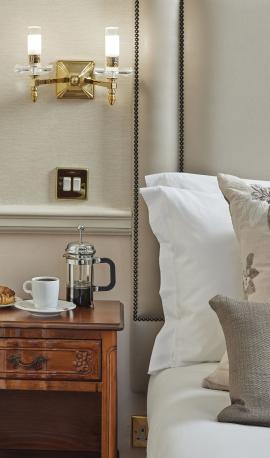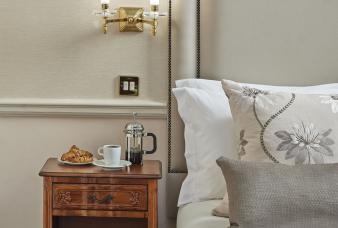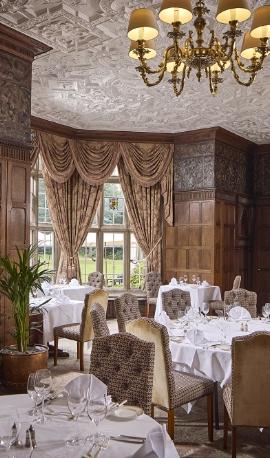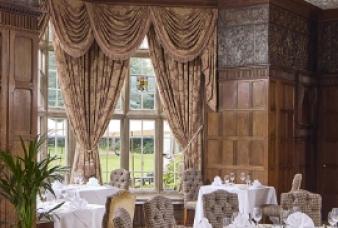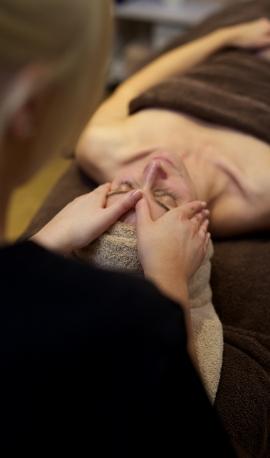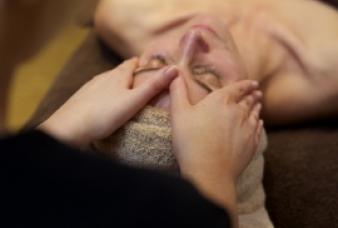Spring has officially begun and we are all enjoying the warmer, sunnier weather. Now is a wonderful time of year to go outside for a wander and witness the rebirth of flora and fauna. Here at Tylney Hall, we have spectacular grounds, beautifully designed and steeped in history, that are just waiting for you to explore.
Throughout its history, Tylney Hall has served many purposes including a school from 1948 to 1984. From its re-conception in 1876, the gardens were grown to be a beautiful vista of lush greens and grand fountains, but when the school took ownership, the formal gardens were concreted over to create tennis courts and other areas were left to overgrow and deteriorate. Since 1985 a painstaking restoration programme has been in progress to reinstate the gardens to their former glory.
There are 11 stunning locations within the gardens that any visitor of Tylney Hall should go and look at, from the tree-lined vista offering one of the longest uninterrupted views in Hampshire to the Water Gardens designed by influential 19th-century garden designer Gertrude Jekyll.
ITALIAN GARDEN
This area of the gardens was laid out by Seldon Wornum at the turn of the century and was an elaborate, formal garden with many varieties of roses. The original statues and fountains were lost whilst Tylney Hall was a school and two tarmac tennis courts laid over the top. On excavation of the tennis court, we found the remains of the original fountain which was used to reconstruct the one now in place.
ROSE AND AZALEA GARDENS
The Rose Garden was encircled by a Yew hedge, originally a grass crucifix path ran through the middle, centred on a wellhead with an ornate iron overthrow. The Azalea Garden was set out on a cartwheel style with paths radiating outwards. This area has many fine species of trees and many types of rare orchids, which bloom in June. These gardens form part of our ongoing restoration plan.
BOATHOUSE LAKE
Originally this lake provided the Hall with its water supply which was pumped across to the Water Towers by the Dutch Garden and Kitchen Garden. In 1986 the lake had completely silted up and was full of dead trees so was dredged, refilled and the boathouse bridge rebuilt in its former style.
VISTA AND TEA HOUSE
The view from the Hall is one of the longest uninterrupted Vistas in Hampshire lined by Giant Redwoods. Along the Vista on the right-hand side, you can see the foundations of the Victorian Tea House, once an elaborate building with ornate furnishing and shell studded cornices.
DUTCH GARDENS AND WATER TOWER
The sunken garden was laid out by Seldon Wornum. Unfortunately, the original statues and figurines are lost beneath the outdoor pool which was sunk by Lord Rotherwick in 1935. We now have a mixed planting of climbing plants, shrubs and herbaceous surrounding the outdoor pool. By the side of the garden, you can see the Water Tower which still holds the Hall’s water supply today.
GARDEN PAVILION AND SCHULTZ ARCH
The pavilion was used as a vantage point to sit and admire the Water Gardens, the Schultz Arch at the side of the pavilion is a good example of Victorian arts and crafts design and creates a grand entrance to the Gertrude Jekyll Water Gardens.
ORCHARD
The remaining orchard is considerably smaller than in its heyday. However, there are 20 varieties of apple trees in this relatively small area producing dessert and culinary fruit and a fine display of narcissus.
WATER GARDENS
These were designed by Gertrude Jekyll based on a ground plan sent to her by Weir Schultz, originally designed around one watercourse which linked the top to the bottom lake. In 1935 Woods of Taplow were commissioned to add the second watercourse and the first watercourse was redesigned, adding many pools and waterfalls using large quantities of Somerset Lime Stone.
AIR RAID SHELTER AND HA HA WALL
At the bottom of the Vista, the Ha Ha Wall marks one of the boundaries of our estate. The Ha Ha Wall was built to create the impression from the main house of a continuous strip of land extending beyond the boundary, a wall was constructed and turf laid over the top. The Air Raid Shelter was added to the back of the wall during the Second World War.
GLASSHOUSES AND KITCHEN GARDENS
The glasshouses are listed buildings in their own right. The central section constructed from galvanised steel pre-dates the existing main house (1876). Weir Schultz designed and added the wooden greenhouses to each end of the central section. The Kitchen Garden as a whole is a good example of a Victorian Kitchen Garden, and today we have a collection of fruit trees and a herb garden.
CHESTNUT SUITE AND ORIGINAL DRIVE
By standing between the car park and Chestnut Suite one can see the main avenues of Chestnut and Lime trees, this design was based on the gardens of Versailles, Patte d’oie (goose foot) design.
Tylney Hall is undoubtedly of considerable architectural and historical interest and as such is Listed Grade II. The gardens and various features are acknowledged in the Hampshire County Council’s Countryside Heritage Report on Historic Parks and Gardens as being of significant historic interest. Tylney Hall holds Garden Open Days as part of the National Gardens Scheme (NGS) three times a year.

